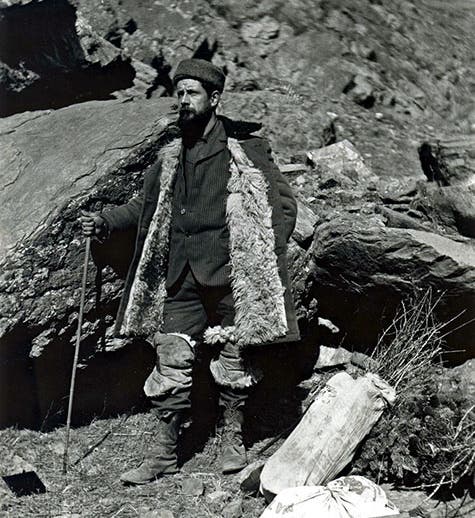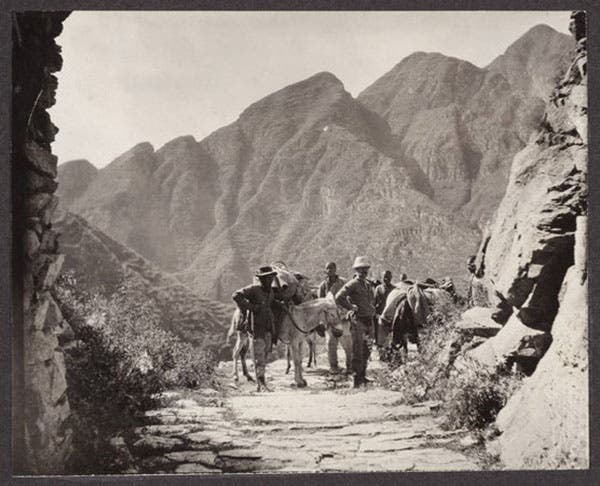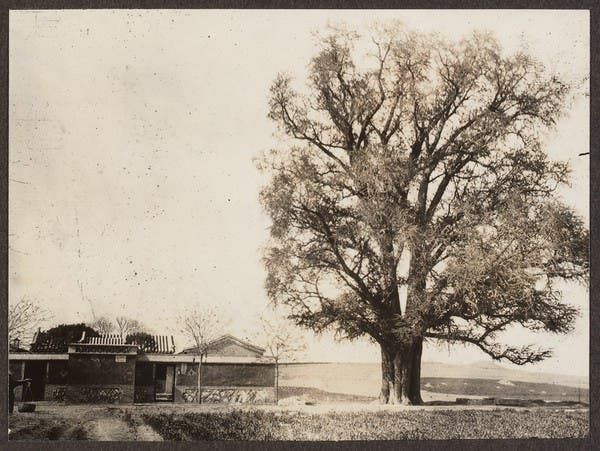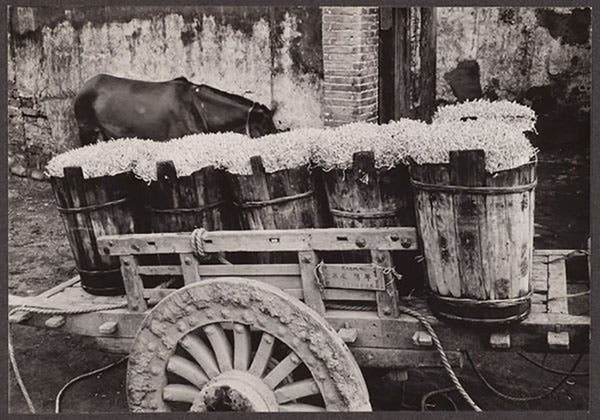Scientist of the Day - Frank Nicholas Meyer
Frank Nicholas Meyer, a Dutch-American botanist and "plant introduction" specialist, was born Nov. 29, 1875. Coming to the United States in 1901 and interested in discovering unknown plants, he explored the American southwest before coming to rest in 1904 at the Missouri Botanical Garden in St. Louis. His desire to explore came to the attention of David Fairchild, who founded and directed the Foreign Seed and Plant Introduction Section of the U.S. Department of Agriculture, and who was responsible for introducing economically useful plants to U.S. soil. Struck by Meyer’s enthusiasm, Fairchild hired him to go to China to identify plants that would thrive in the U.S.
Meyer made his first trip to China in 1905, exploring there for 3 years, and he would make three more trips over the next 13 years. He discovered such plants as a seedless persimmon, a dwarf lemon (later named after Meyer), the Siberian elm, which thrived in cold arid conditions, oil-bearing soybeans, blight-resistant spinach, the Chinese chestnut, and a variety of plums, pears, peaches, grains, and grasses. He was the first Westerner to find Ginkgo biloba growing in the wild. He collected both seeds and living plants and at regular intervals packed them up carefully and shipped them back to the USDA.
In all, Meyer successfully introduced some 2,500 new plants to the United States. The Asian persimmon thrived in the Southwest; the Siberian elm formed perfect windbreaks on Midwestern prairies; his Chinese spinach saved the American spinach industry, which was threatened by blight. The Ginkgo had been long known, but most American specimens today are descendants of seeds Meyer sent back, as are most of our soybeans. Even our Zoysia grass comes from a strain that Meyer found in Korea in 1906. He was one of the most successful “plant introducers” the world had ever seen.
Meyer's fourth trip to China ended in tragic fashion. In June of 1918, he was travelling on a Japanese riverboat on the Yangtze River when he simply disappeared from the boat overnight. His body was later found in the river. The circumstances were suspicious, to say the least, but the mystery of his death was never resolved, and we don't know if he simply fell overboard or was murdered. He was 43 years old.
Meyer’s legacy lies not only in the plants he introduced, but in some 1300 photographs that he took in China, which are preserved in the Arnold Arboretum at Harvard. Meyer did not take grand scenic pictures - he photographed objects and people and markets and, of course, trees. We have included several of those photos to illustrate this essay.
Dr. William B. Ashworth, Jr., Consultant for the History of Science, Linda Hall Library and Associate Professor, Department of History, University of Missouri-Kansas City. Comments or corrections are welcome; please direct to ashworthw@umkc.edu.










